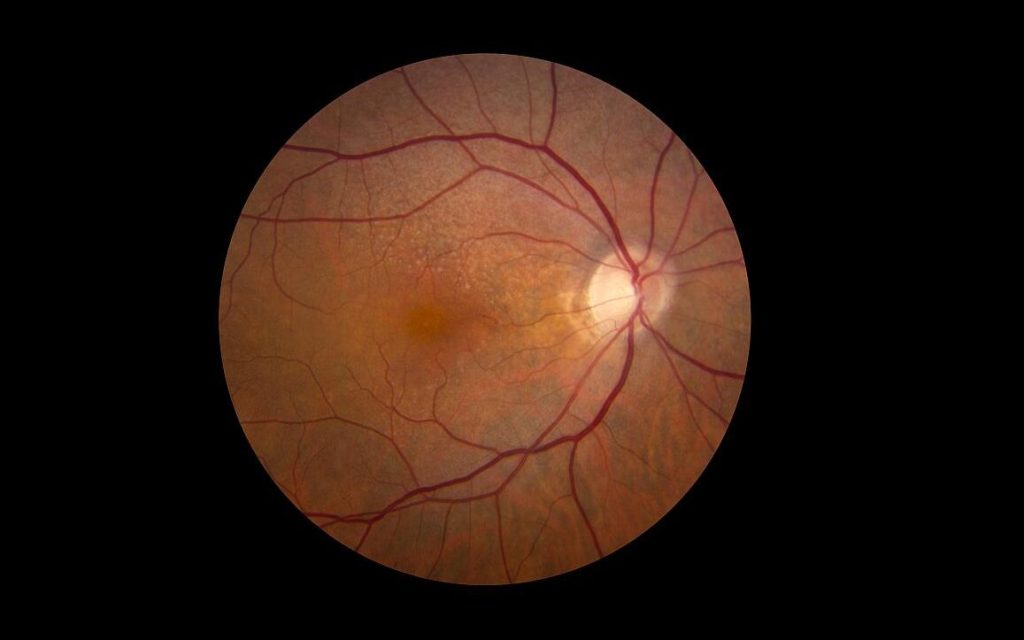Supplementation Effective in Slowing Age-related Macular Degeneration

A pair of major studies established that dietary supplements can slow progression of age-related macular degeneration (AMD). In a new report published in JAMA Ophthalmology, scientists went through 10 years of Age-Related Eye Disease Studies (AREDS2) data and showed that the AREDS2 formula, which substituted antioxidants lutein and zeaxanthin for beta-carotene, not only reduces risk of lung cancer due to beta-carotene, but is also more effective at reducing risk of AMD progression, compared to the original formula.
“Because beta-carotene increased the risk of lung cancer for current smokers in two NIH-supported studies, our goal with AREDS2 was to create an equally effective supplement formula that could be used by anyone, whether or not they smoke,” said Emily Chew, MD, lead author of the study report. “This 10-year data confirms that not only is the new formula safer, it’s actually better at slowing AMD progression.”
AMD is a degenerative disease of the retina, the light-sensitive tissue at the back of the eye. Progressive death of retinal cells in the macula, the part of the retina that provides clear central vision, eventually leads to blindness. Treatment can slow or reverse vision loss; however, no cure for AMD exists.
The original AREDS study, launched in 1996, showed that a dietary supplement formulation (50 mg vitamin C, 400 international units vitamin E, 2mg copper, 80mg zinc, and 15mg beta-carotene) could significantly slow the progression of AMD from moderate to late disease. However, two concurrent studies also revealed that people who smoked and took beta-carotene had a significantly higher risk of lung cancer than expected.
In AREDS2, begun in 2006, Dr Chew and colleagues compared the beta-carotene formulation to one with 10 mg lutein and 2 mg zeaxanthin instead. Like beta-carotene, lutein and zeaxanthin are antioxidants with activity in the retina. The beta-carotene-containing formation was only given to participants who had never smoked or who had quit smoking.
At the end of the five-year AREDS2 study period, the researchers concluded that lutein and zeaxanthin did not increase risk for lung cancer, and that the new formation could reduce the risk of AMD progression by about 26%. After the completion of the five-year study period, the study participants were all offered the final AREDS2 formation that included lutein and zeaxanthin instead of beta-carotene.
In this new report, the researchers followed up with 3883 of the original 4203 AREDS2 participants an extra five years from when the AREDS2 study ended in 2011, collecting information AMD progression, and lung cancer diagnosis. Even though all the participants had switched to the formula containing lutein and zeaxanthin after the end of the study period, the follow up study continued to show that beta-carotene increased risk of lung cancer for people who had ever smoked by nearly double. No increased risk for lung cancer was seen in those receiving lutein/zeaxanthin. In addition, after 10 years, the group originally assigned to receive lutein/zeaxanthin had an additional 20% reduced risk of progression to late AMD compared to those originally assigned to receive beta-carotene.
“These results confirmed that switching our formula from beta-carotene to lutein and zeaxanthin was the right choice,” said Dr Chew.
Source: NIH/National Eye Institute





